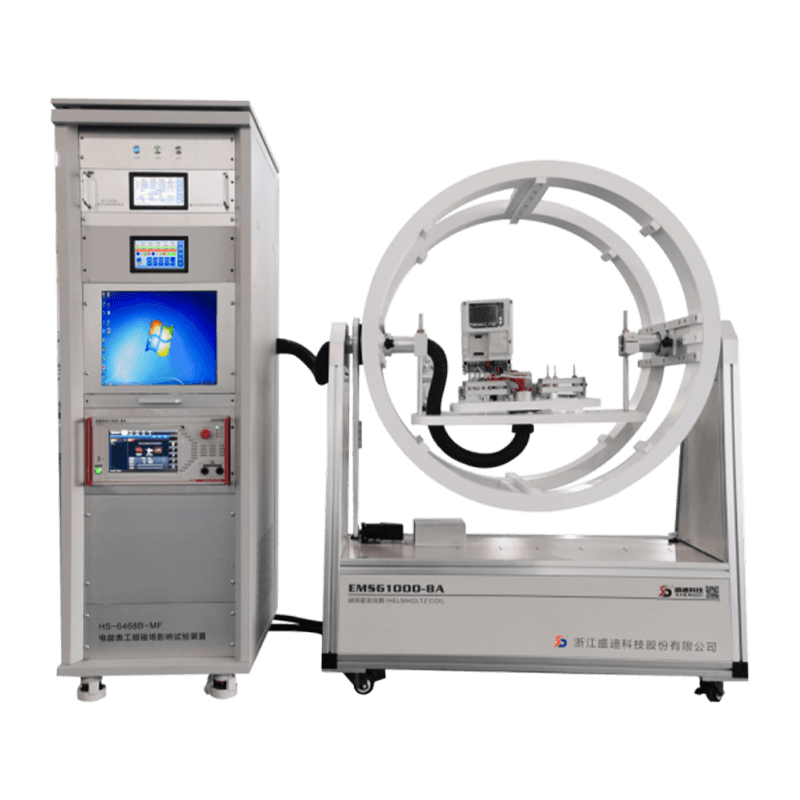Electromagnetic measuring instruments are designed to measure electromagnetic waves in a specific wavelength range. These instruments are divided into two basic types - absolute and secondary. Absolute instruments give the exact magnitude of a quantity, while secondary instruments measure the amount of deflection from the original frequency. In both cases, it's important to calibrate the instrument before use.
EMF meters have a receiver and transmitter antenna, which are coupled to circuits that measure the voltage. These voltages can then be compared to the frequency content of the formations to determine the electrical properties of the material. Some of these devices also analyze the phase of an AC wave.
The first commercial power-frequency field meters appeared in the 1980s. Today, there are a variety of instruments for measuring power-frequency fields, ranging from small handheld devices to larger, more sophisticated instruments. The selection of the right meter will depend on the application and the source's geometry.
The most popular of these instruments is a multimeter. It measures resistance, voltage, and current, and often combines several measurement functions into a single device. They are often hand-held and are useful for basic fault finding and field service work. The probes of these meters are typically black and represent '+'.
Electromagnetic Measuring Instrument models come in two main types. Single-axis and tri-axis models. Single-axis meters are less expensive than tri-axis meters, but require a longer survey time. Single-axis meters measure only one dimension of the field, while tri-axis models measure all three simultaneously.
Personal exposure meters are also available. They measure ambient field exposure by perturbing the electric field. These devices can be worn as armbands, shirt pockets, and belt pouches. Although personal exposure meters do not measure absolute values of the ambient field, they provide an average of the amount of exposure. Standards for the different types of electromagnetic field meters are published by the Technical Committee 106 and 106X.
While bolometers monitor electromagnetic radiation by heating a material that absorbs it, most of these instruments have limited bandwidth and require extremely low temperatures to function properly. However, recent developments have made ultrafast versions of these instruments possible. They are also cheaper and can work at room temperature.

